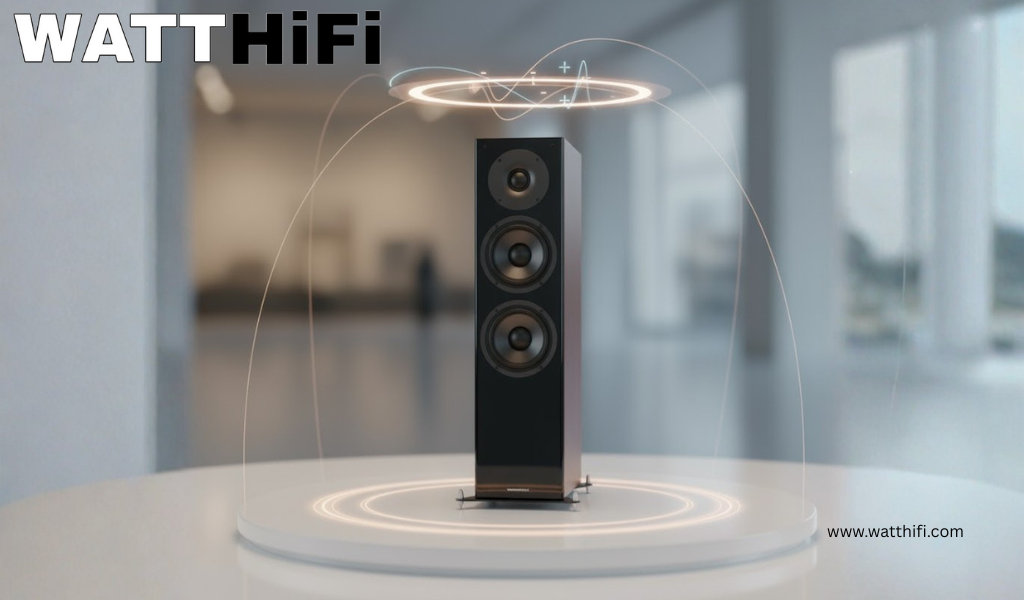So, have you already purchased a projector and a sound system to create a true home theatre experience? Well, good for you. But, are these things enough? Perhaps not; a projector screen is equally important. In fact, a right screen can elevate your viewing quality significantly.
Now you might wonder, “What makes an ideal projector screen for home use,” right? In that case, we have you covered. This blog will take you through the key considerations.
Why does the right projector screen matter?
It is common to think that a blank wall might suffice. However, it is important to note that even smooth walls can create texture and reflection inconsistencies. That is why investing in the best home theatre screen is crucial. A dedicated screen provides a uniform surface optimised for light reflection. This results in better colour reproduction, contrast and sharpness.
Especially for 4K or HDR content, a high-quality screen ensures your projector performs to its full potential.
Key factors to consider
To purchase the best home theatre screen, you need to prioritise a few factors. These include:
1- Screen size and viewing distance
Achieving the perfect size is crucial for eye comfort.
- Your screen's diagonal measurement needs to be between one-third and one-fourth of the distance you can see it.
- For example, if your seating is 12 feet away, a 100-120 inch screen works well.
- Make sure the screen fits your wall without blocking any furniture or walkways.
The right size enhances immersion without taking up too much room. And that is the secret to a well-balanced home theatre system.
2- Aspect ratio
Your viewing habits should guide this choice.
- · 16:9 – This is a standard ratio for HDTV, streaming platforms and most modern content.
- · 4:3 – This ratio is less common. It is mostly utilised for retro content or presentations.
- · 2.35:1 or 2.4:1 – This ratio is an ultra-wide format. For a cinematic experience, movie buffs frequently use it.
Most best home theatre screens today cater to 16:9 or 2.35:1 ratios, depending on user preferences.
3- Types of projector screen
|
Screen Type |
Pros |
Cons |
|
Manual pull-down |
Budget-friendly, space-saving |
Requires manual operation |
|
Motorised |
Sleek and retractable |
Higher upfront costs, needs power |
|
Fixed frame |
Tensioned surface, cinematic look |
Fixed in place, non-portable |
|
Portable/Inflatable |
Easy to set up and store |
Limited durability, smaller sizes |
- · Fixed frame projector screens are best for permanent theatre rooms.
- · Motorised projector screens for living room setups are excellent for multi-purpose spaces where flexibility matters.
- · Portable options work well for occasional or outdoor use.
4- Screen material and gain
Your screen’s fabric and gain determine how it handles light and colour.
Common materials:
- · Matte white: Balanced brightness and colour. It is suitable for most rooms.
- · Grey (High contrast): Enhances contrast, useful where ambient light isn’t fully controlled.
- · Glass bead: Reflects more light. However, has a narrower viewing angle.
- · Acoustic transparent: Allows audio penetration so speakers can fit behind the screen.
If you are incorporating in-wall or behind-screen audio, it is worthwhile to take into account an acoustic transparent projector screen.
Also Read: Best Projector Screen for Your Backyard Movie Nights

Gain levels:
• 1.0 gain: Standard, reflects light evenly across wide angles.
• Higher gain (1.3 or above): Boosts brightness, useful in rooms with ambient light.
• Lower gain (<1.0): Wider viewing angles, less intensity. This one works best in dark rooms.
For best results, adjust the screen material and gain to the brightness of your projector. Also, take into account the lighting conditions of your space.
5- Projector compatibility
The capabilities of your projector should be complemented by your screen.
- · Match resolution (HD, 4K, 8K) with the screen’s surface type to avoid losing detail.
- · Take throw distance into account. It will make it possible for the projector to fill the screen without distorting the images.
- · Also take into account projector brightness when choosing the gain. It is measured in lumens.
Compatibility is key to getting the most out of the fixed frame projector screens.
6- Installation and setup
The way your screen is installed depends on your room’s usage pattern.
- · Fixed frame projector screens offer a premium look and tensioned surface. However, they are meant only for permanent installations.
- · Motorised projector screens for the living room offer clean aesthetics with retractability.
- · Portable and manual pull-down screens are suitable for temporary setups. They work best when space needs to remain flexible.
Conclusion
Choosing the right Projector Screen for home viewing implicates more than just selecting a size or brand. You need to comprehend screen types and materials available. You also need to take into account how the installation process will align with your room environment and projector specification.
Aligning your choices to your specific equipment and setup will help produce engaging viewing and sharp visuals.
FAQs on Projector Screen For Home
1- What screen size is ideal for home theatre setups?
Your viewing distance determines this. The diagonal of the screen should be one-third to one-fourth of the distance from your main seating area. For example, think of an 80-100 inch screen if you are seated 10 feet away.
2- Should I use a white or a grey screen?
White screen works best in rooms where you can control the lighting. Grey screens enhance black levels and contrasts. That is why they work best for rooms with some ambient light.
3- What is screen gain, and how should I choose it?
Gain refers to how much light the screen reflects. A 1.0 gain is neutral and suitable for most darkened rooms. Higher-gain screens are better for brighter entertainment. Likewise, lower gain offers wider viewing angles.



